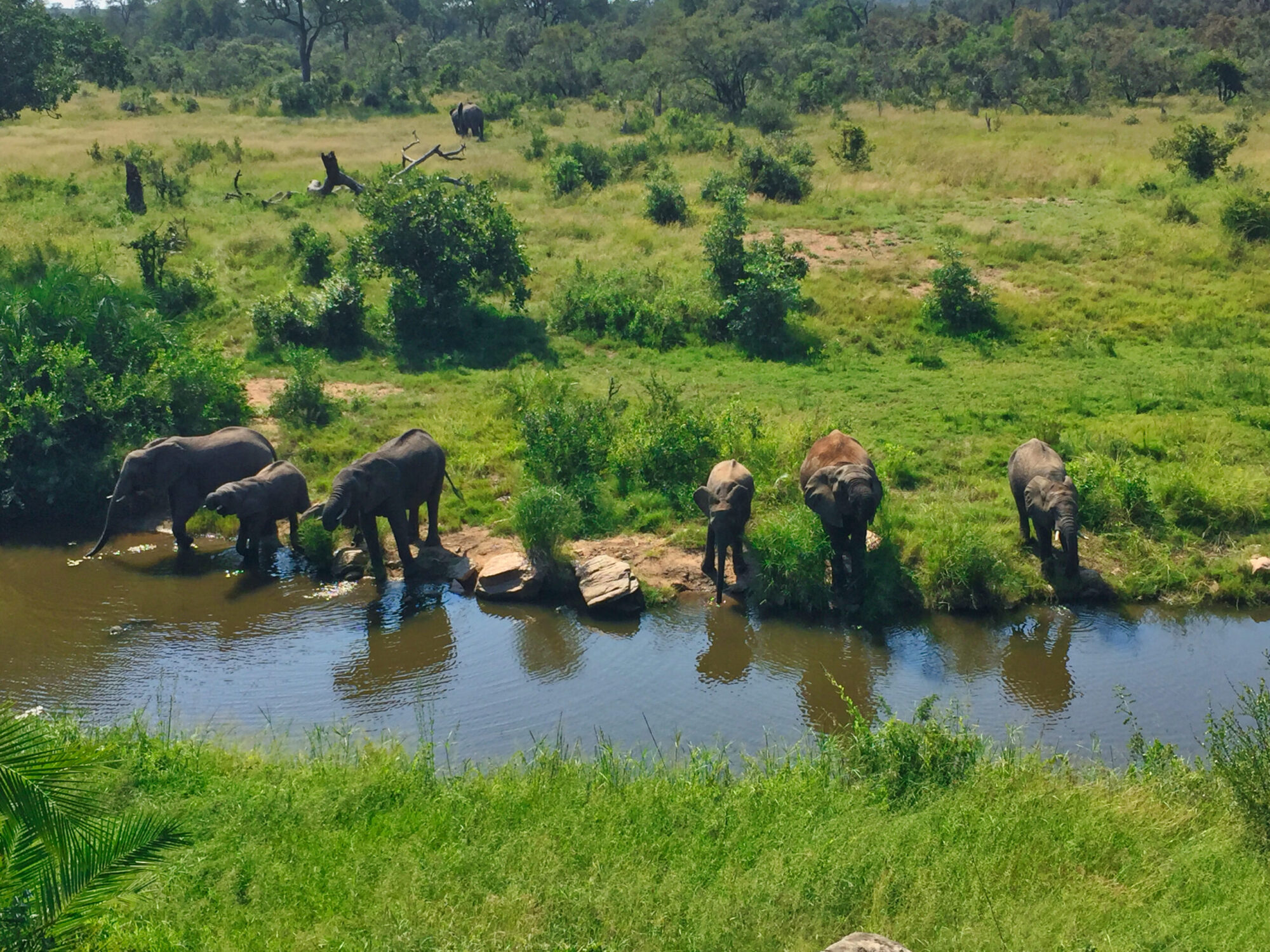What is tree-free paper?

Well, tree-free paper is paper that is made of fibers extracted from sources other than trees. It’s not some product created to be environmentally friendly. In fact, before the early 1850s, the fiber used in paper was predominantly extracted from cotton and non-wood plants. A revolution began in the early 1850s, to more tree-based paper, as wood-pulping technologies were vastly improved upon to take advantage of the large forests across the world.
Whether or not we should make the shift to tree-free paper remains a controversial topic even after the argument of environmental damage has been put forth. The controversy lies in the fact that many people think that tree-based paper is a sustainable industry. Facts support this theory but while they are true, such facts fail to tell the whole story. For example, in the US, more trees are regenerated than harvested annually which apparently means the practice of logging to extract fibers from trees is sustainable. That argument cannot be justified for a range of reasons. The trees that are planted every year are predominantly one single species spread out over hundreds of hectares. This is called monoculture farming. The original forests that were cleared to harvest were diverse ecosystems teeming with life. Those diverse forests and all the animals that lived in them were driven out of their land and may have died. Monoculture farming has not allowed those animals to return to the land they once roamed. In monoculture farming, every time the trees are harvested, all the carbon the trees stored is released back into the atmosphere. This as such cannot operate as a carbon sink. According to studies, these monoculture plantations will only store 2.5% of the carbon as natural forests in the long term. Instead of storing carbon in the long term, the harvested trees are made into short-term products such as paper, which is used, thrown away, and left to decompose, creating even more carbon in our atmosphere.
Tree-free paper is a more environmentally friendly alternative to paper. Banana leaves are discarded in most places but since banana leaves contain fiber, paper can be made from it. This is a sustainable practice but only because the paper is a by-product of banana farming. If we began monoculture farming for banana leaves, that would defeat the whole purpose of shifting to tree-free paper altogether. The demand for paper is still high, despite how far technological innovation has come and the most sustainable and environmentally friendly plan for making paper is to use fibers from a range of sources so that monoculture farming practices decline and gradually become absent. Nature can be resilient, and perhaps the only way to get the natural forests we once had is to leave the land alone, undisturbed. In a couple of decades, much of the biodiversity that the original forests held can make a comeback.
Sources: The Economist
